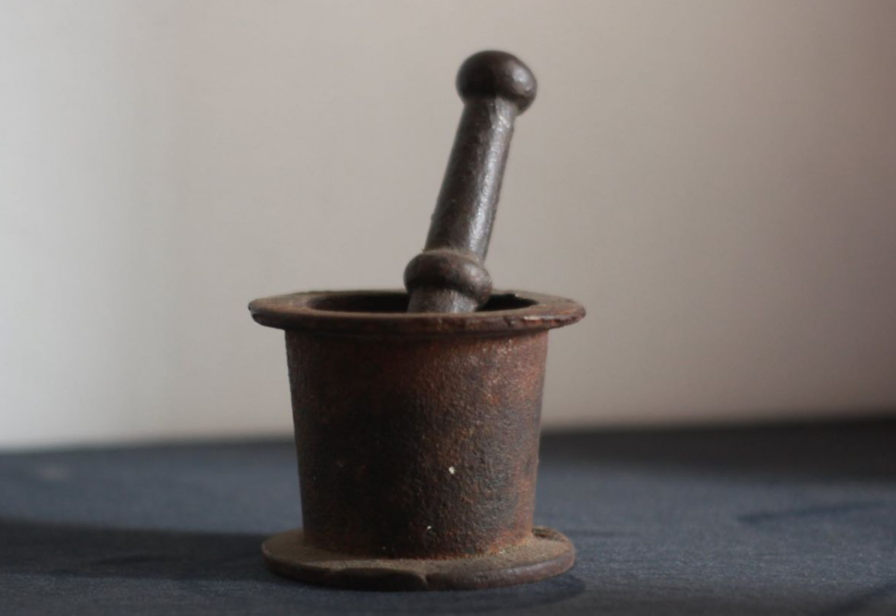
There’s a scarcity of primary care physicians in rural areas. How can a community pharmacy help?
According to the latest numbers from the U.S. Census Bureau, more than 46 million Americans live in rural locations, which accounts for 15% of the U.S. population. As more and more young people move to urban areas, this also lends itself to a disproportionately aging rural population. With a scarcity of primary care physicians in many rural areas, pharmacies are filling the healthcare resource gap in these communities. Here are some questions you may have fielded about how a community pharmacy can be an oasis in the rural healthcare desert.
How can a pharmacist help?
Pharmacists in all states are required to hold a minimum of a Bachelor’s degree and many states require a PharmD (doctorate) degree, pass the North American Pharmacist Licensure Examination (NAPLEX) and/or other specific state requirements/license acquisition in order to practice as a pharmacist. This level of education and expertise equip pharmacists to provide important informed advice regarding prescription and over-the-counter medicines for patients until they can consult with their physician.
Did you know that pharmacists are licensed to prescribe medications such as hormonal contraceptives and/or tobacco cessation aids in a number of states?
Where state laws allow, pharmacists are able to provide these services filling large gaps in their communities. There are a higher percentage of young smokers in rural areas than urban areas. Women’s health care services are becoming fewer and further apart in some regions. By providing clients access to these prescriptions, the pharmacist is helping to contribute to a positive outcome.
Can a pharmacist prescribe any other medications without a physician script?
While pharmacists are limited in what else they can prescribe, for symptoms that do not require diagnosis from a doctor such as eczema, diaper rash, acne, cold sores and conjunctivitis, a pharmacist may prescribe medication to treat these and similar minor ailments. Check your state’s licensing agency for specifics where you live. In rural communities this might provide a patient with relief days sooner than if they were to wait to see a physician.

Meeting unique and timely needs.
Can a pharmacist distribute naloxone without a physician’s script?
In almost every state, pharmacists are able to distribute certain formulations of naloxone through a variety of programs and special agreements. Unfortunately, with the increasing growth of opioid use in rural communities, the community pharmacy can be a true lifesaver in a healthcare desert.
How can compounding help?
Compounding equivalent medications to make it easier for a patient to utilize a prescription can be essential in helping patients get what they need. This is especially true for certain populations, such as the very young or the elderly. But many clients may not have any experience or understand what this can mean to them. The community pharmacy who provides access to compounding can help their clients twice – educating them on the value it can bring to them and the actual compounded medication.
How have independent rural pharmacies helped fill the gap with administering COVID-19 vaccinations?
In many rural communities, pharmacies are the primary means of accessing vaccinations. They are helping to distribute vaccines to these more dispersed communities at a faster rate than would otherwise be possible. This is a key role in helping to contain this pandemic.
What will this mean going forward for rural pharmacies?
It’s laying the groundwork for being the center of their community for accessing flu shots and other vaccines. Learning the ropes by executing the COVID-19 federal vaccination program and facilitating the distribution at a rapid pace, they are also learning how to efficiently and effectively exercise many practices that can be used in the future.
And so much more…
Whether answering the traditional questions for how and when to take certain medications, to providing effective and cost-effective OTC treatments for common ailments, the community pharmacist has long been a resource for information and care. With the strain on the already sparse healthcare resources in rural areas, pharmacists have stepped up even more. While pharmacies will never replace the need for physicians, in rural communities independent pharmacists are filling a critical need to meet the healthcare demands of their communities.
This post is related to:
Finance: Financing, Banking, Business Loans